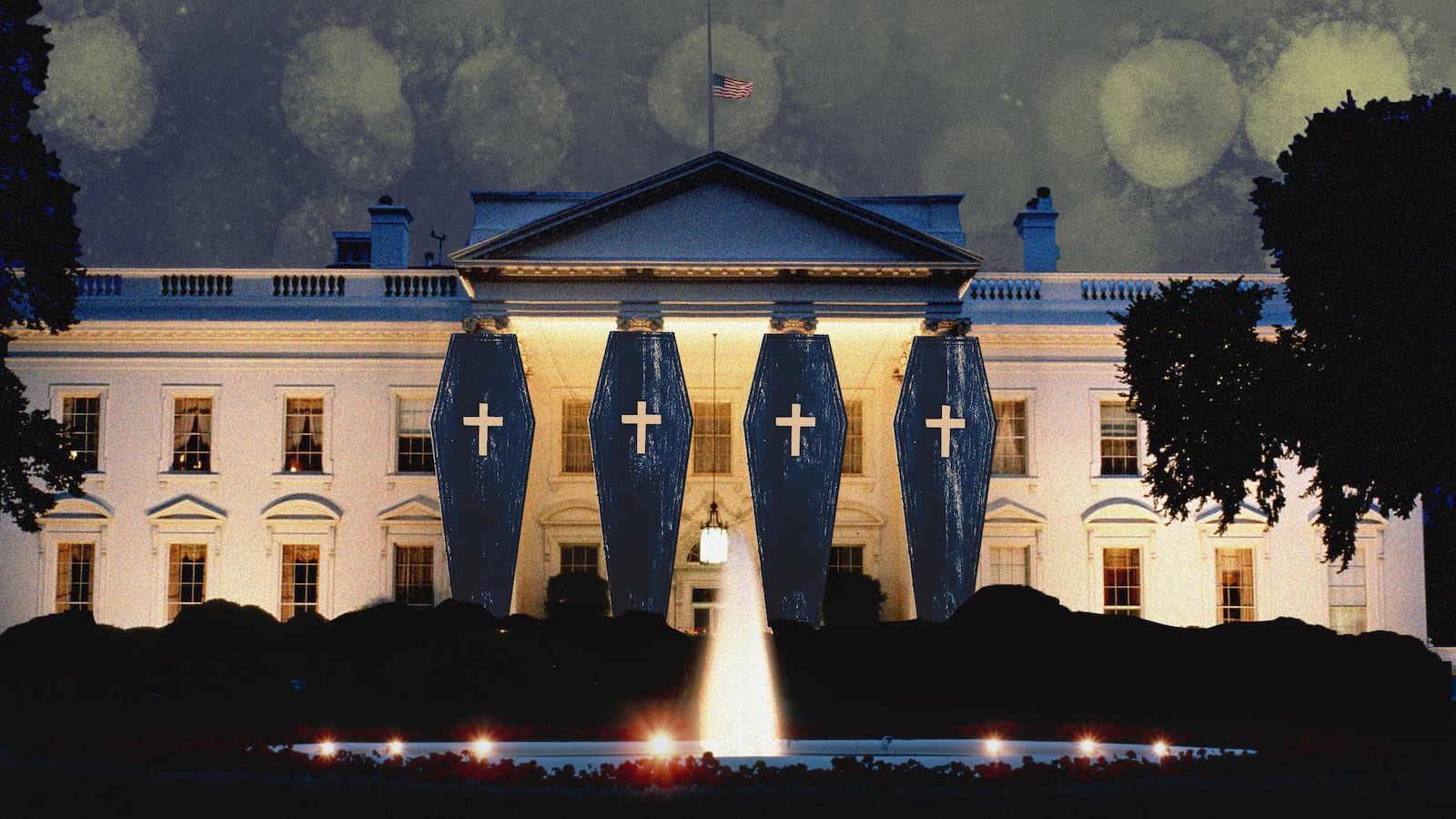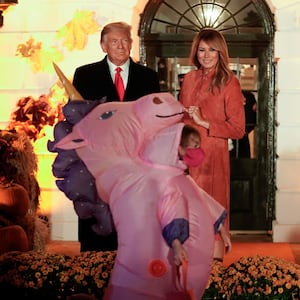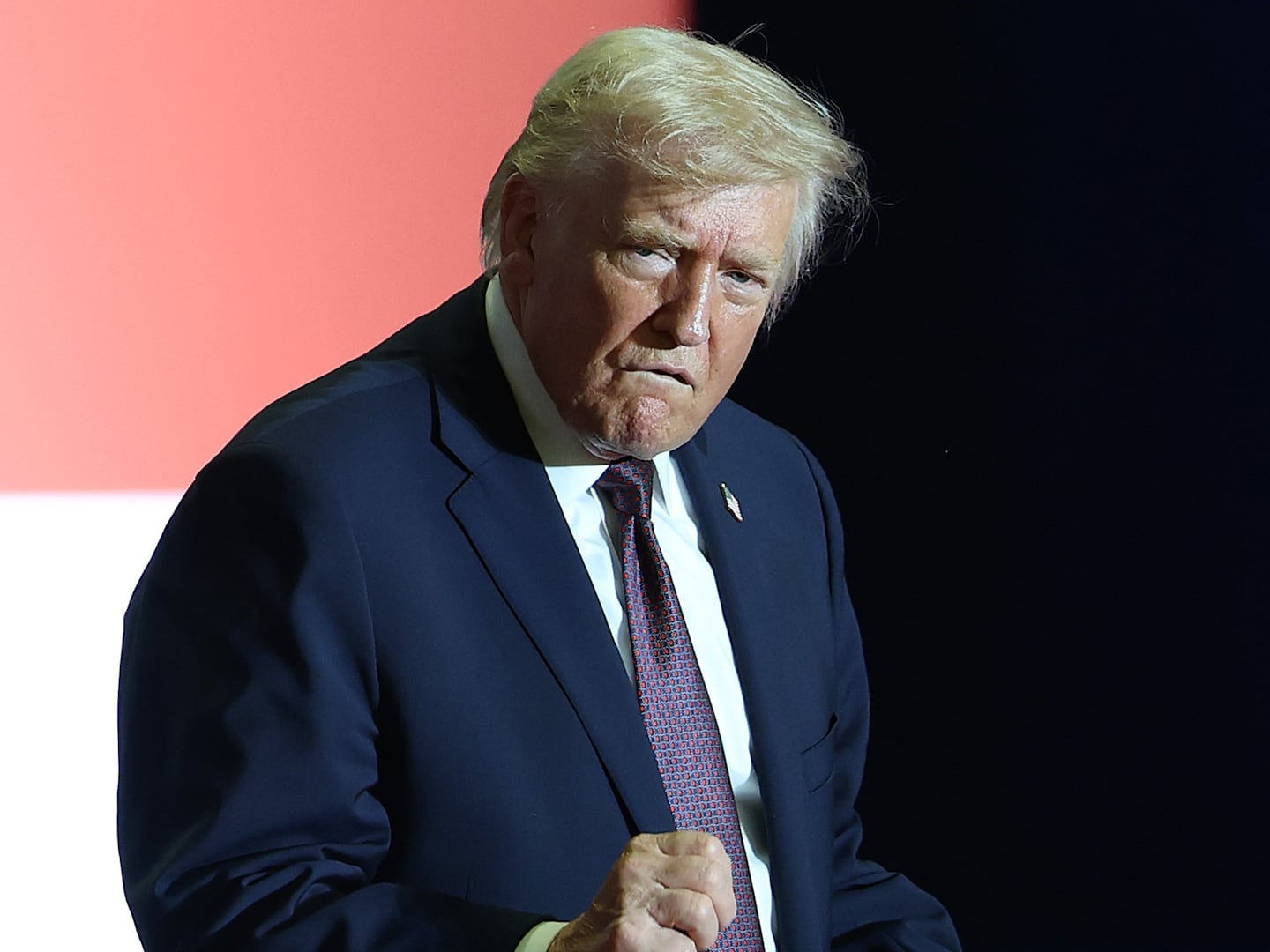After eight months and more than 220,000 lives lost, the Trump White House has settled on a new plan for dealing with the coronavirus pandemic: saving the most vulnerable, namely those in nursing homes, and hoping the rest can largely fend for themselves for the time being.
Multiple senior officials say the White House has worked for weeks to iron out what is, in essence, a triage approach to handling the coronavirus. It is a strategy that emphasizes providing more resources and funding to nursing homes battling COVID-19 outbreaks, while offering no new suggestions for containing the spread of the virus, except for focusing on ensuring an effective vaccine distribution plan once one becomes available for the American public.
The triage strategy comes as states are struggling with an increase in the number of cases and hospitalizations among all populations nationwide and with the possibility that flu season could make matters worse. Dr. Deborah Birx, the White House coronavirus task force coordinator, has been on the road for the last several months working with local communities on how to manage community spread. But, outside of that, the White House does not plan to change course from its stance on reopening the economy and schools, no matter how bad the outbreak gets, multiple officials familiar with the White House’s communications told The Daily Beast.
Those officials said the White House began to draft its new strategy this summer after it became clear to those working on COVID response that the case count was growing in states that had either moved to reopen before flattening the infection curve or had failed to implement strict public health measures. Officials said it was at that moment that the White House went from trying to implement measures to contain the spread of the virus to believing that overly aggressive steps to stop it were not worth the harm it could cause to the economy, according to three officials who work with the coronavirus task force. Faced with the choice of keeping the country on lockdown or sending children back to school, the president decided to press forward with the White House’s reopening plan, despite the risks.
The resulting calculation, officials said, was to prioritize, not expand, the coronavirus response— if there was no good way to stop Americans from catching the virus without implementing additional restrictive lockdown measures, then the administration would try to cut the death rate by protecting those most at risk of dying from the coronavirus.
Vice President Mike Pence, along with Seema Verma, the administrator of the Centers for Medicare and Medicaid Services, and Health and Human Services Secretary Alex Azar, led the effort—in conjunction with task force officials —to divert more resources and funding to nursing homes to ramp up their capacity to test and treat COVID-19 patients. On calls with the nation's governors over the last two months, Pence has continued to pledge that the federal government will help hospitals reduce shortages of critical medicines and personal protective equipment, ensuring that personal protective equipment reaches frontline works, including those tasked with administering a vaccine in the future.
Scientists and health officials who spoke with The Daily Beast say that the logic of trying to protect the most vulnerable is a sound public health approach. But they fear that any progress will be undone by the White House’s refusal to acknowledge the risks posed by the increase in COVID cases. In particular, officials said that if the White House continues to write off infection spikes as the byproduct of increased testing, the country’s hospitals will continue to be overwhelmed, health workers will continue to be stretched thin, and death counts will likely rise. Hospitals across the country are already struggling to make room for COVID-19 patients and are beginning to ration resources. Officials in both Utah and Iowa have said that they are nearing capacity for their ICU beds because of COVID spikes in their states.
“We haven’t seen anything like we’re seeing right now since the spring. There are areas where we’re already starting to see hospital capacity,” said Dr. David Rubin, the director of PolicyLab who works with the coronavirus task force. “Each week by looking at the data I’ve been trying to find data that is evidence that this thing is about to slow down. But I see test positivity continue to go north. The virus is spreading again with a fair amount of efficiency—higher amounts of respiratory transmission across age groups. I would assume… probably by the end of November increasing fatality rate.”
For the White House, the triage strategy underscores the degree to which President Trump’s view that the virus is something to be lived has become the prevailing ethos of the pandemic response. It’s also a concession of the failure of prior approaches. Officials working with the coronavirus task force told The Daily Beast that they feel increasingly resigned to the reality that the president and his trusted advisers seem to have given up on preventing the spread of coronavirus.
“There’s nothing we can do,” one senior health official said. “We have to stay the course and just wait for a vaccine.”
That sobering realization has spread throughout the health community and within the administration, including among some of the nation’s top coronavirus advisers. It was hammered home forcefully over the weekend, when White House Chief of Staff Mark Meadows told CNN host Jake Tapper: “We are not going to control the pandemic.” And it was emphasized yet again on Monday evening when the White House hosted another outdoor event celebrating Amy Coney Barrett’s confirmation to the Supreme Court—even though Dr. Anthony Fauci had called the White House’s prior Barrett celebration a “superspreader” event.
Even some of the president’s closest allies who were elated to get a new conservative justice on the highest court in the land couldn’t bring themselves to endorse holding Monday’s festivities, given the public health concerns. Asked if he thought it was wise to hold the celebration, Robert Jeffress, a Dallas megachurch pastor and an informal faith adviser to Trump, would only reply, “No comment” on Monday night.
Though public health experts say it is indisputable that the COVID crisis is getting worse, President Trump has on multiple occasions in recent weeks expressed his disbelief that things could possibly get that bad this winter, according to two sources with knowledge of the meetings. There was one such moment at the White House earlier this month when the discussion with a small huddle of advisers triggered the president to start complaining about how Democrats just want everything to be “negative” during the coronavirus pandemic, one of the people recounted, because it would help them win elections.
During this discussion, Trump referenced how liberals used to talk constantly about “the ventilators,” as an example of how his enemies supposedly try to inflate pandemic risks to hurt him politically.
“None of it is sinking in,” the other knowledgeable source said.
To senior officials who’ve worked on the Trump administration’s coronavirus response—both current and former—the situation now is merely a logical extension of how Trump has managed the crisis since its dawn. Some officials working closely with the coronavirus task force privately expressed concern that if Trump were to lose to 2020 Democratic presidential nominee Joe Biden, that would only worsen his lack of urgency on the matter for the remainder of his term, given that he could then simply view it as “Joe Biden’s problem now,” one of these officials said.
“My dream scenario of him actually asserting leadership—on saying the right things to his followers on masks and social distancing, and that this disease is deadly and dangerous—is just never going to happen,” said Elizabeth Neumann, previously a top official at Trump’s Department of Homeland Security who has since endorsed Biden. “The difference now is that they are more transparent than they were before: that we just have to learn to live with it. Phase 1 was to ignore the problem. Phase 2 was: OK, we need to do our jobs, but we’re so incompetent that we can’t. And I suppose Phase 3 is: I don’t want to do my job, again.”









